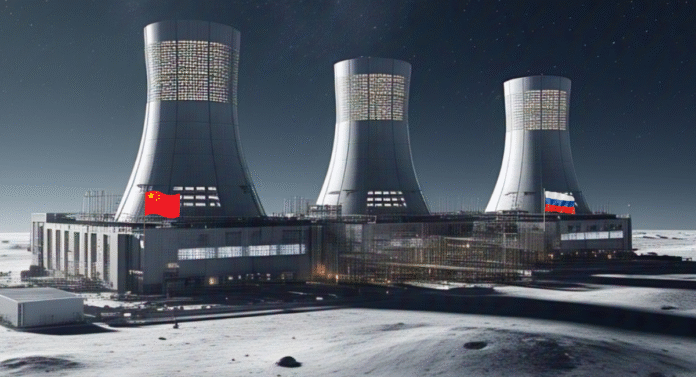China Russia lunar power station agreement is a collaborative effort to build the world’s first automated nuclear power station on the moon, aiming to complete it by 2035. The deal was already signed earlier this month between Roscosmos (Russia’s Space Agency) and CNSA (China National Space Administration), marking a significant step in these two nations’ lunar ambitions.
The nuclear station is a joint project that was announced in 2017 and now will be integrated into ILRS (International Lunar Research Station). The IRLS’s first mission is to establish a long-term presence of humans and robots on the moon. The facility is expected to be situated within 100 km of the lunar south pole.
Roscosmos also states that this new nuclear station will provide fundamental research and test technologies that are required for unmanned operations, aiming to set the path for eventual human moon missions.
Additionally, the ILRS lunar power station project also includes several other countries, including Azerbaijan, Belarus, Egypt, Kazakhstan, Nicaragua, Pakistan, South Africa, Serbia, Senegal, Thailand and Venezuela.
The head of Roscosmos, Yuri Borisov, lastly confirmed that a nuclear-powered cargo spaceship, called a “space tugboat,” is under development. The station is expected to transfer large payloads between the orbit, collect space debris and perform other tasks in the orbit. The thermal management for nuclear reactors is still a critical challenge to overcome while all technical issues are handled.
The announcement of the China-Russia Power station coincides with NASA’s (National Aeronautics and Space Administration) proposed 2026 budget. The budget includes the cancellation of the Gateway Lunar Orbital Station, planned to launch in 2027. According to the reports, NASA is also assessing the future of its over-budget SLS (Space Launch System) following its 3rd Artemis mission, which is increasing concerns about the United States’ ability to maintain pace with international opponents.


